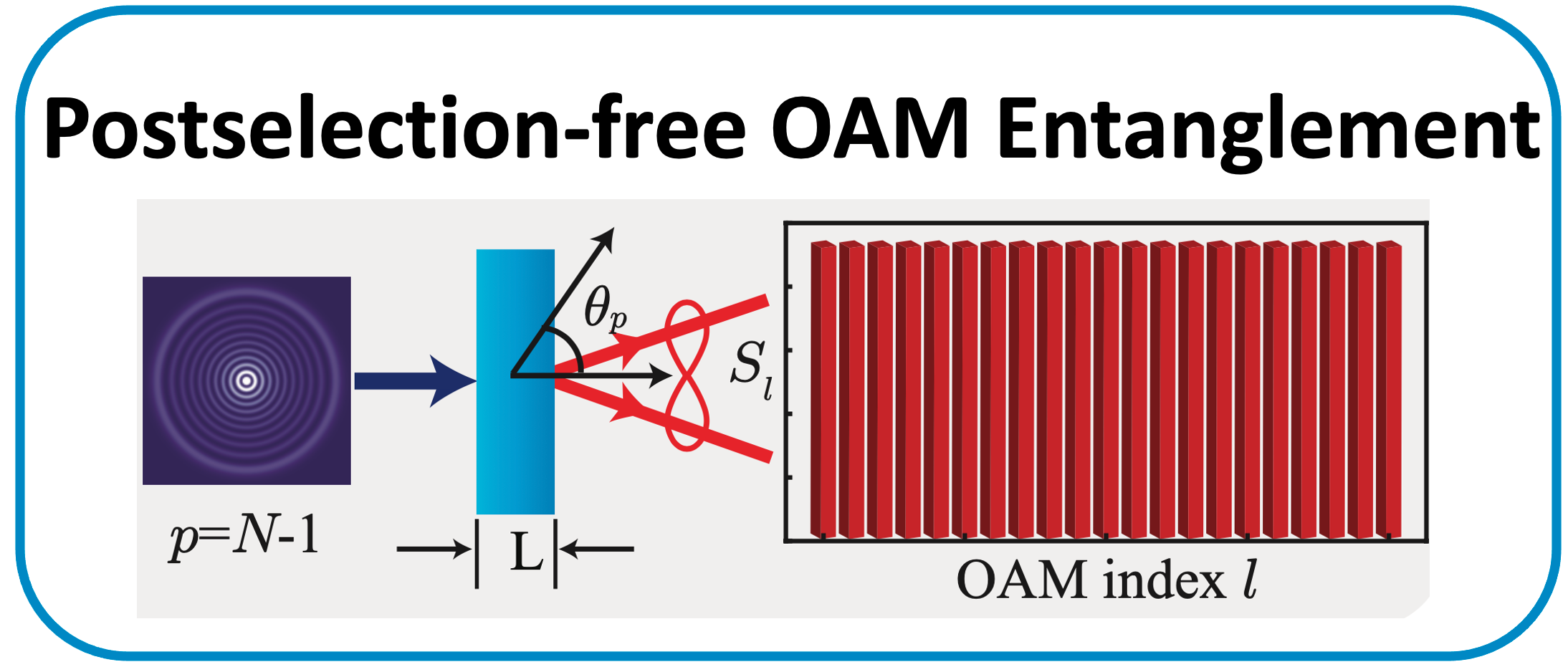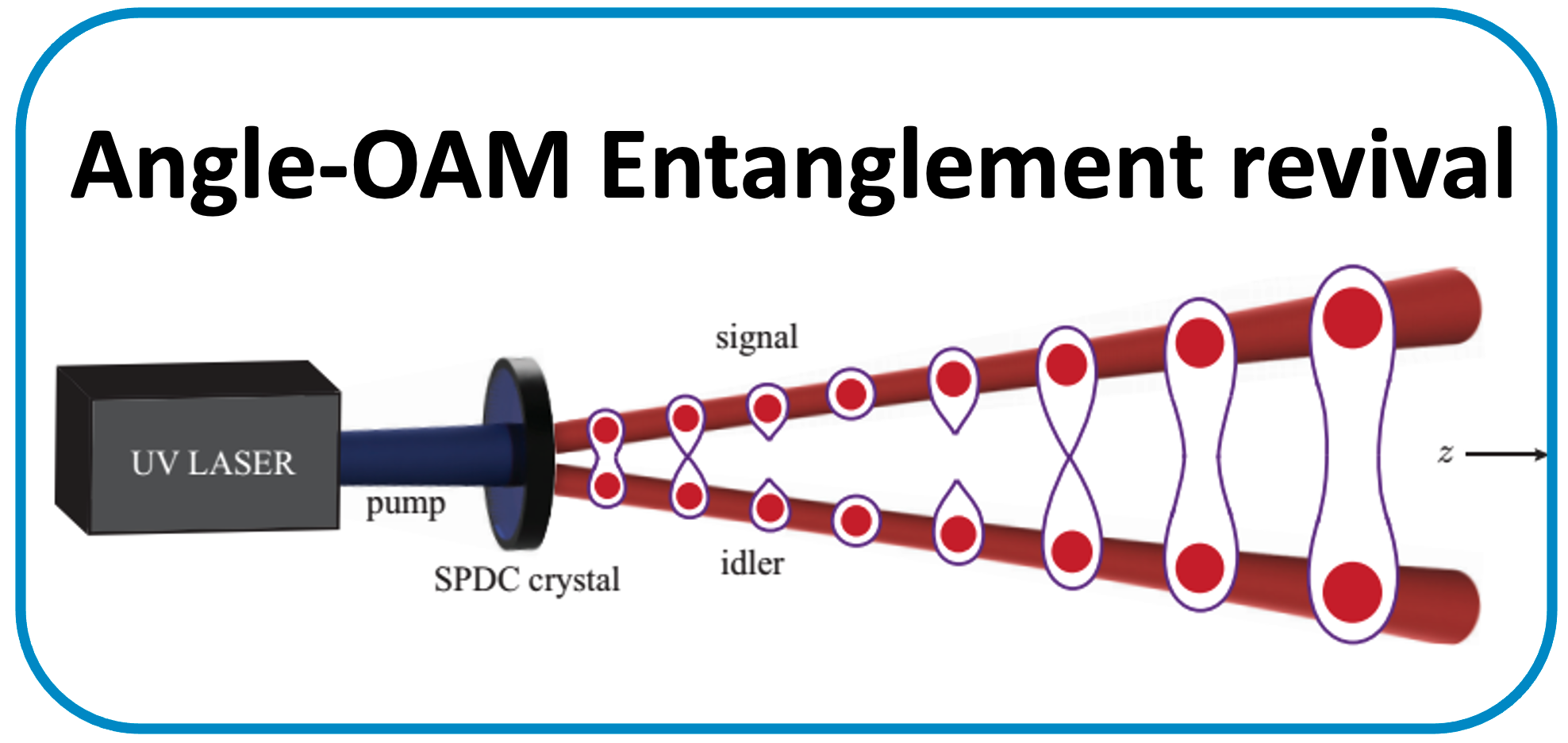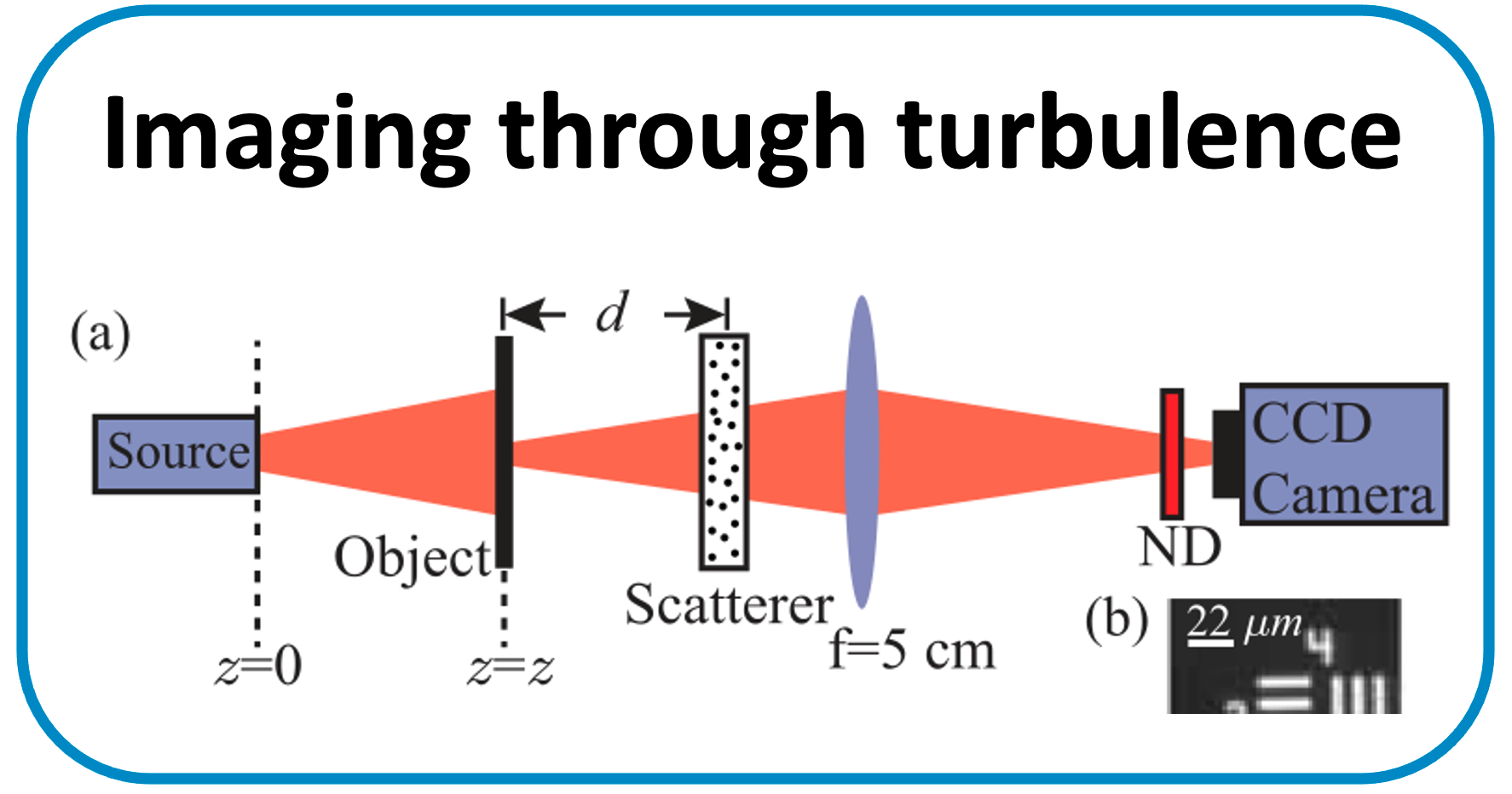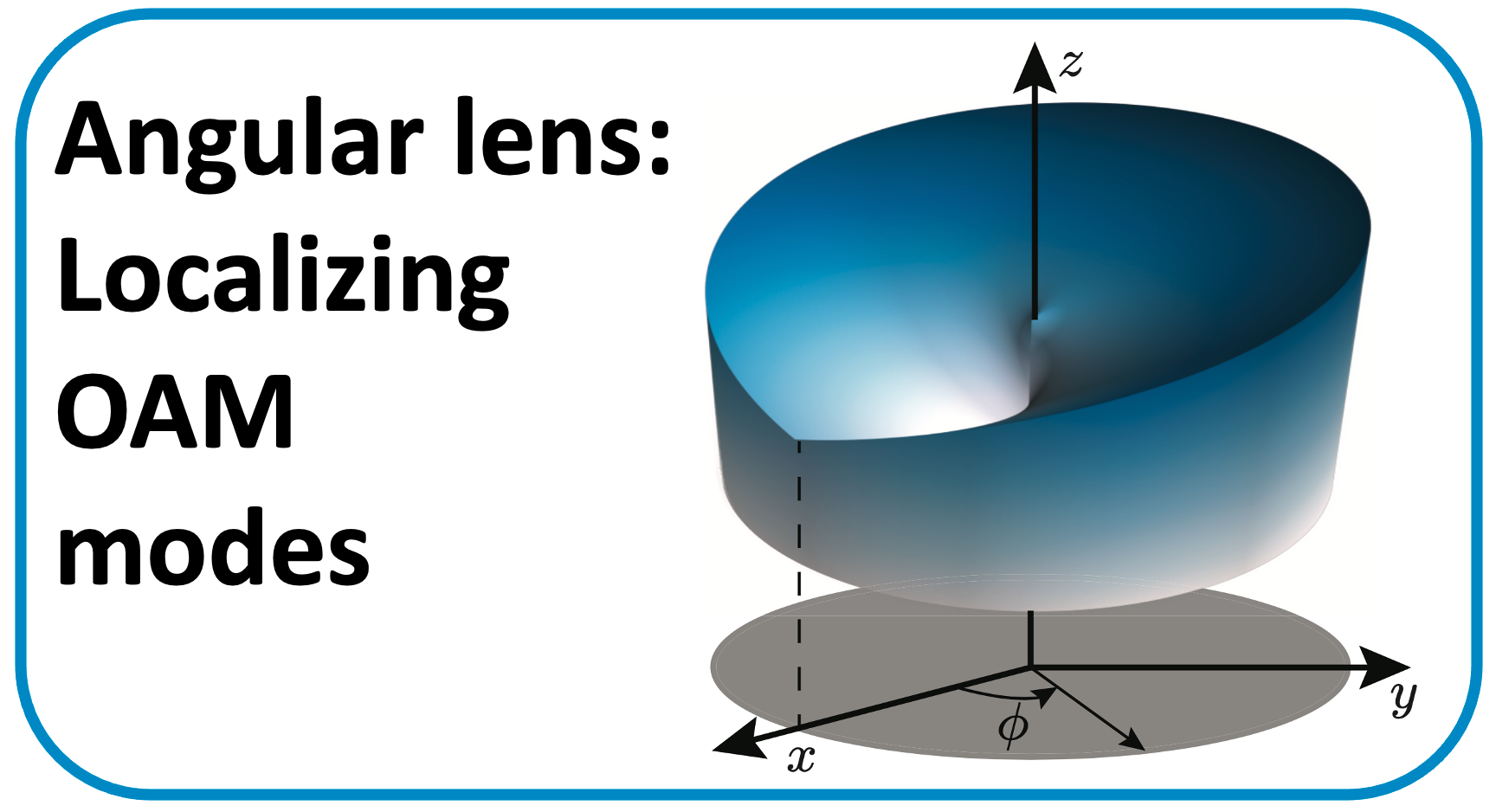



30.11.2023
Coherence quantifies the statistical fluctuations in an optical field and has been extensively studied in the space, time, and polarization degrees of freedom. In the context of space, coherence theory has been formulated between two transverse positions as well as between two azimuthal positions, referred to as transverse spatial coherence and angular coherence, respectively. We have recently formulated the theory of coherence for optical fields in the radial degree of freedom and discussed the associated concepts of coherence radial width, radial quasi-homogeneity, and radial stationarity with some physically realizable examples of radially partially coherent fields.

30.11.2023
High-dimensional entangled states offer several unique advantages for many quantum information applications. The most common way of generating high-dimensional entangled states is by utilizing the orbital angular momentum (OAM) basis of entangled photons. However, for harnessing the full security benefits of any quantum information protocol and for its optimal performance, one necessarily requires a technique for generating OAM entangled states that is completely postselection-free and that provides full control over the generation. In the past, there have been several efforts at realizing such a generation technique, but all these efforts have only given rise to generation techniques that are either postselection-free but not fully controllable or fully controllable but not postselection-free. Thus, there is currently no existing technique for a truly postselection free generation of high-dimensional OAM entangled states with full control. In this paper, we propose and demonstrate just such a technique. We experimentally demonstrate postselection-free generation of up to 150-dimensional OAM entangled states. As a measure of the control, we report the generation accuracies to be more than 98% for Gaussian and triangular spectra and up to 90% for the maximally entangled rectangular spectrum. Ours is the first truly postselection-free technique for generating OAM-entangled states with full control, and therefore it can have important implications for a broad range of quantum information applications involving high-dimensional OAM entangled states.

30.11.2023
Entanglement is a unique quantum correlation that can exist between two separate quantum systems such as photons, atoms, etc. Entanglement manifests as non-local correlations of the two constituent systems and has become one of the essential ingredients for the next generation quantum communication applications that are being developed worldwide. However, in general, entanglement is fragile and decays very rapidly in the presence of scattering and turbulent environments, and thus employing entanglement for long-distance applications is very challenging. In our recent work, we have found a surprising feature in how entanglement manifests in the angle-OAM variables of two photons. We have experimentally demonstrated that just like other physical variables, initially, the entanglement in angle-OAM variables does decay and gets lost as the two photons propagate away from the source. However, the entanglement in the angle-OAM variables revives upon further propagation of the two photons and remains intact up to an arbitrary propagation distance, even in the presence of strong turbulence. Therefore, any decay of angle-OAM entanglement due to atmospheric turbulence or otherwise can be revived simply by propagating the photons a little further away. This could have important implications for long-distance quantum applications. This work was done by two PhD students Abhinandan Bhattacharjee, and suman karan, and an undergraduate student Mritunjay Joshi in our Quantum Optics and Entanglement lab at Indian Institute of Technology, Kanpur in collaboration with Jonathan Leach of the Heriot-Watt University. The Science Advances article can be found here. The work was also covered by Physics World. The Physics World article can be found here .

30.11.2023
It is known that a spatially partially coherent light field produces better imaging contrast compared to a spatially coherent field and that the contrast increases as the spatial coherence length of the field becomes smaller. The transverse spatial coherence length of most spatially partially coherent fields increases upon propagation. As a result, the field produces progressively decreasing image quality at subsequent transverse planes. By controlling the propagation of spatial coherence, we demonstrate enhanced image quality at different transverse planes along the propagation direction through a scattering medium.

30.11.2023
We propose a single phase-only optical element that transforms different orbital angular momentum (OAM) modes into localized spots at separated angular positions on a transverse plane. We refer to this element as an angular lens since it separates out OAM modes in a manner analogous to how a converging lens separates out transverse wave-vector modes at the focal plane.
